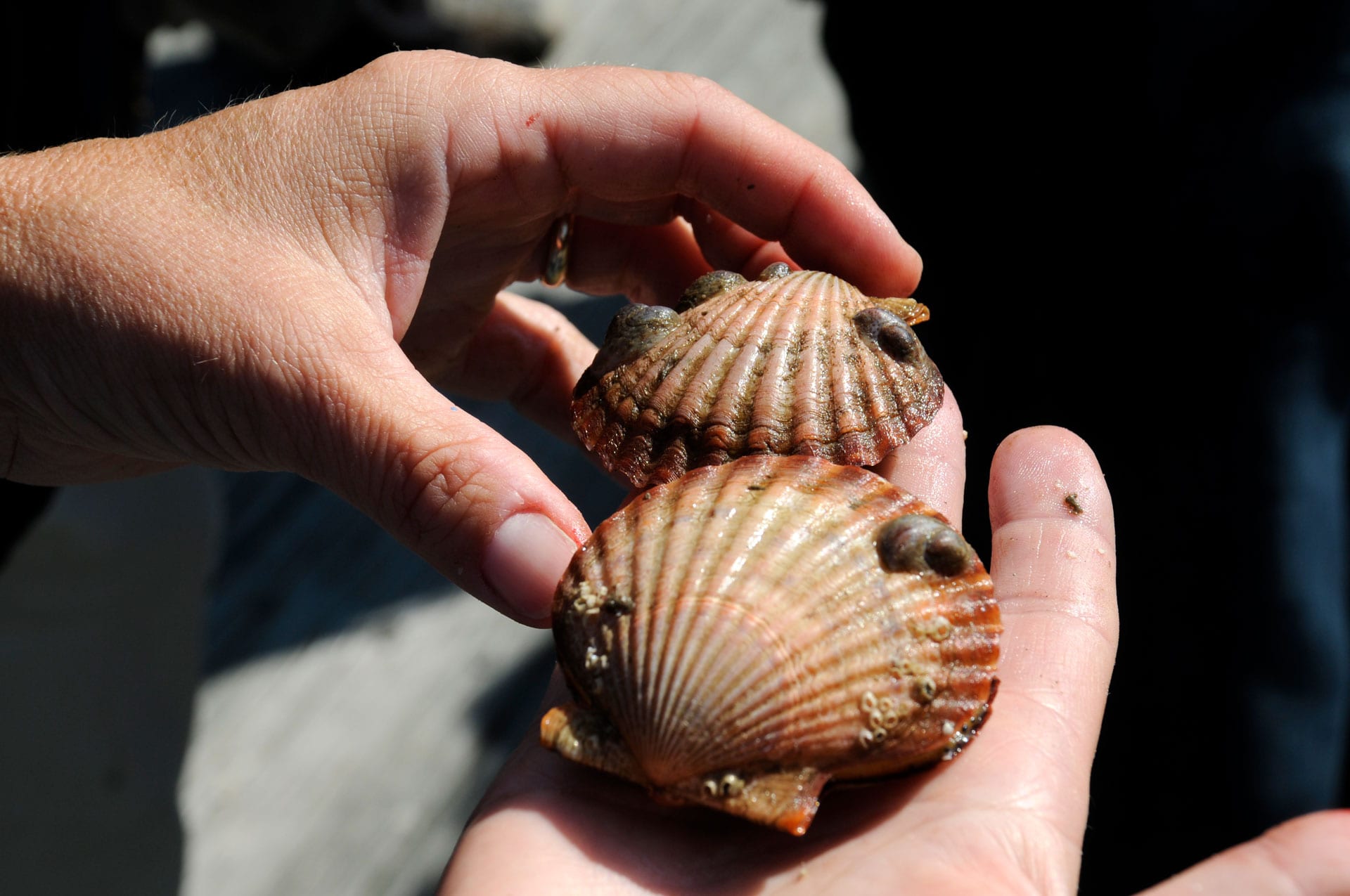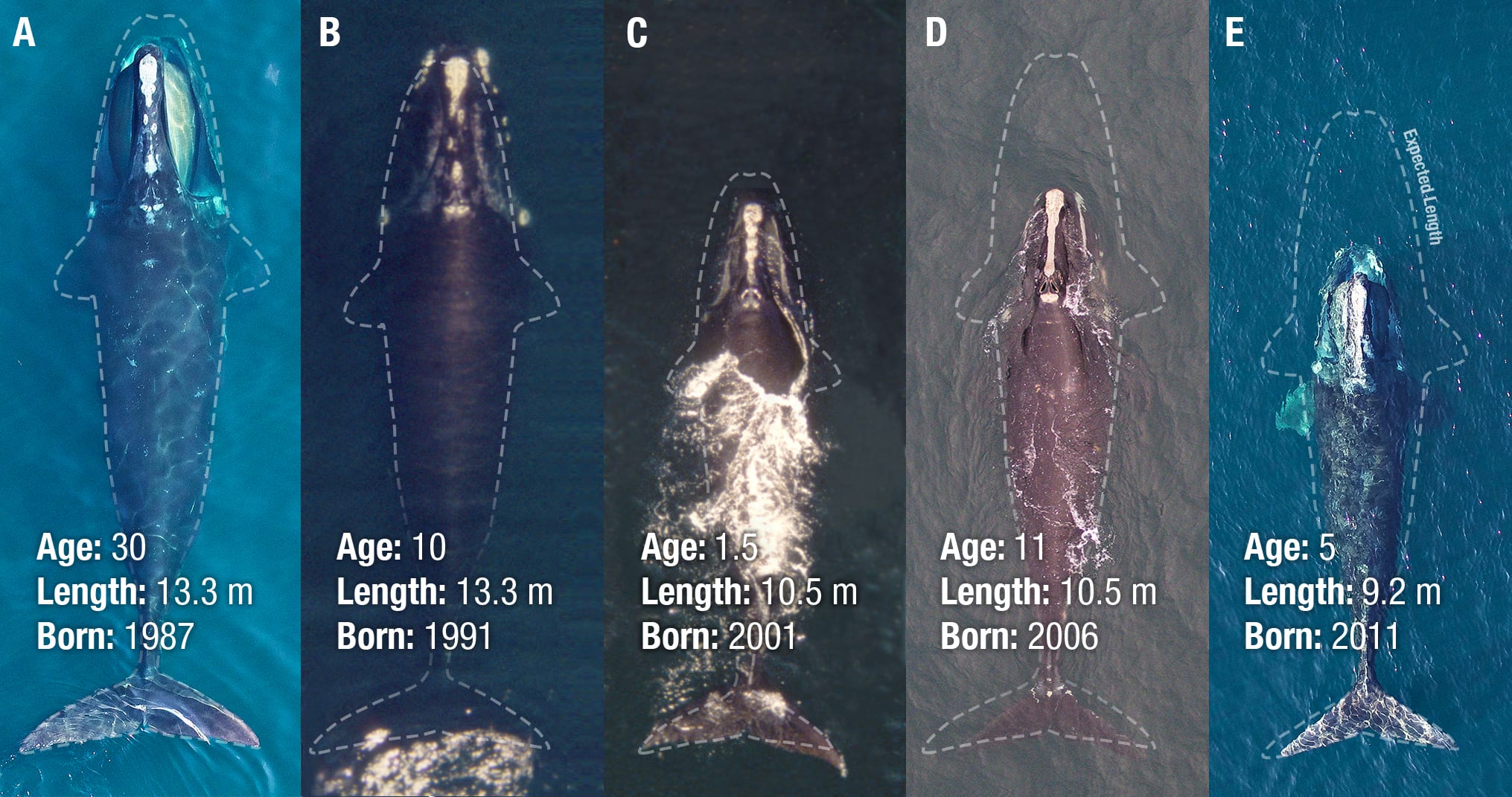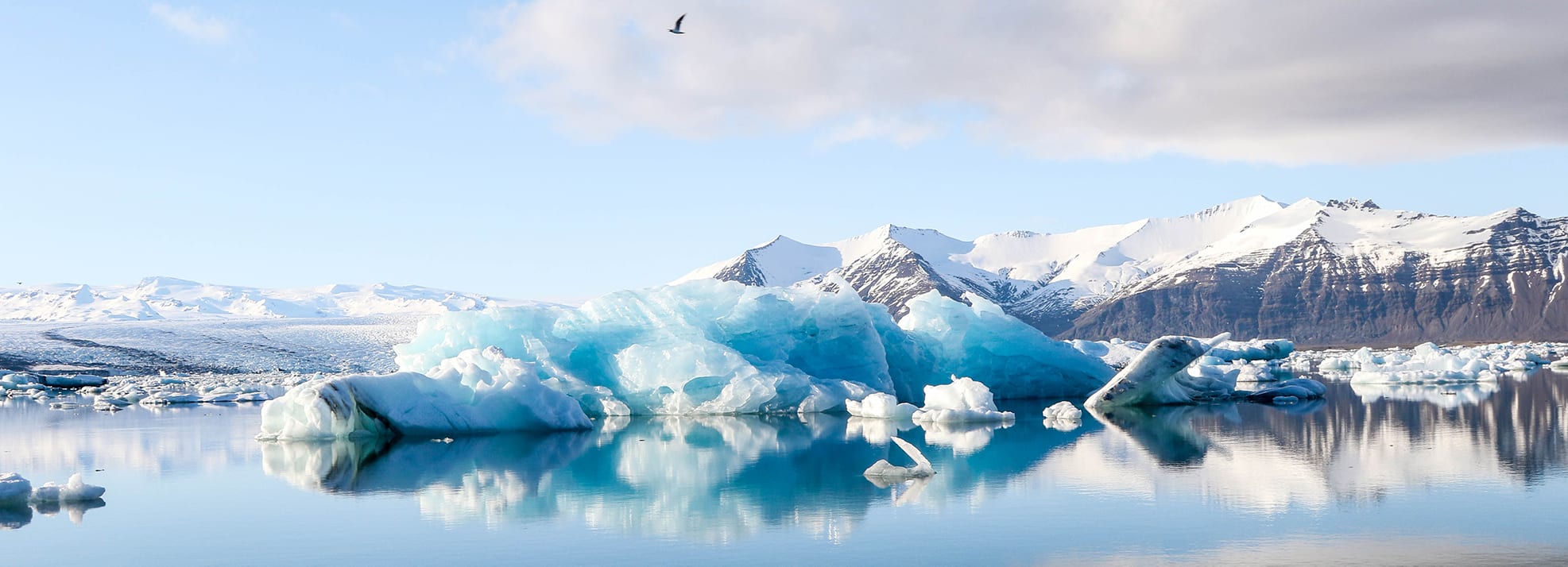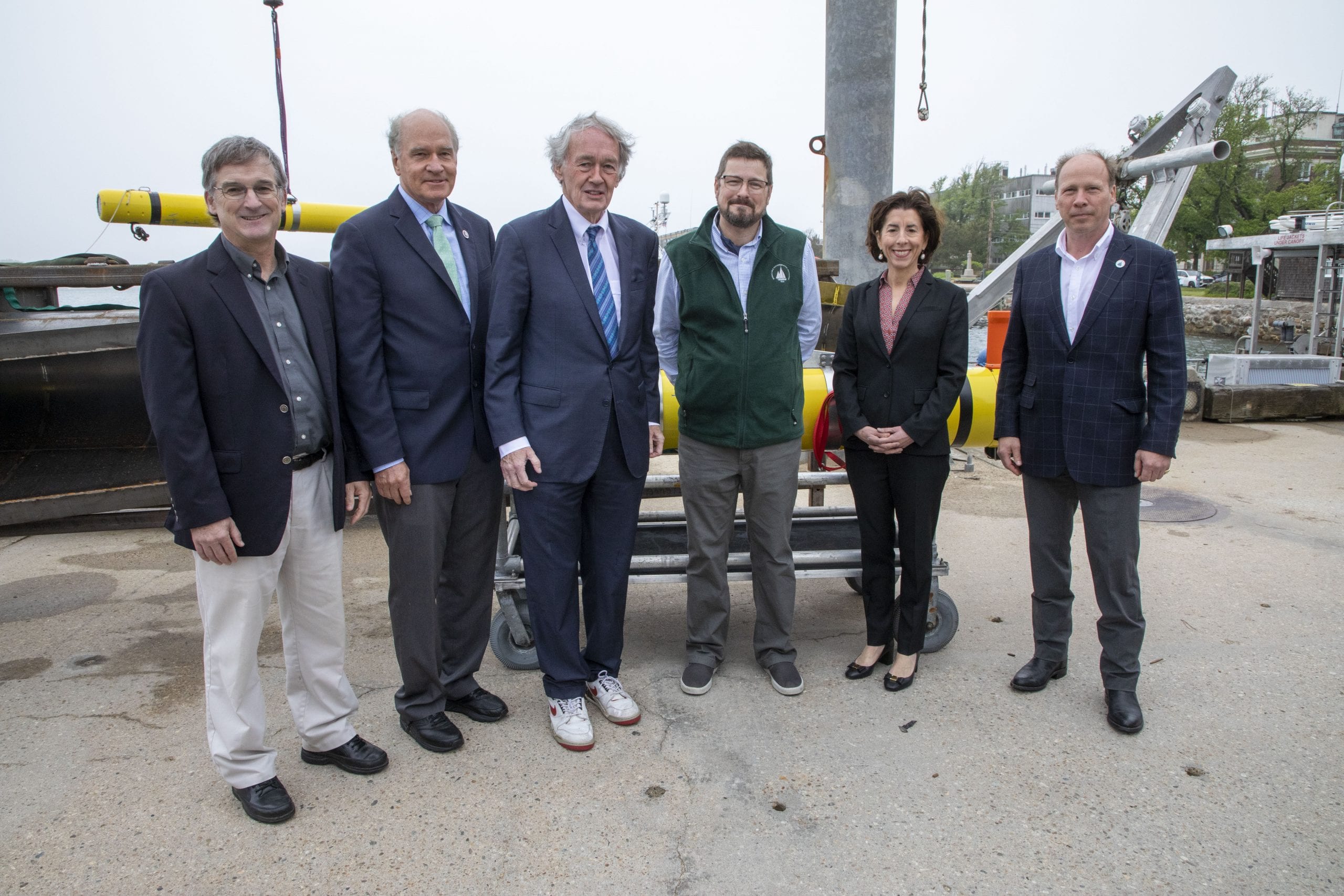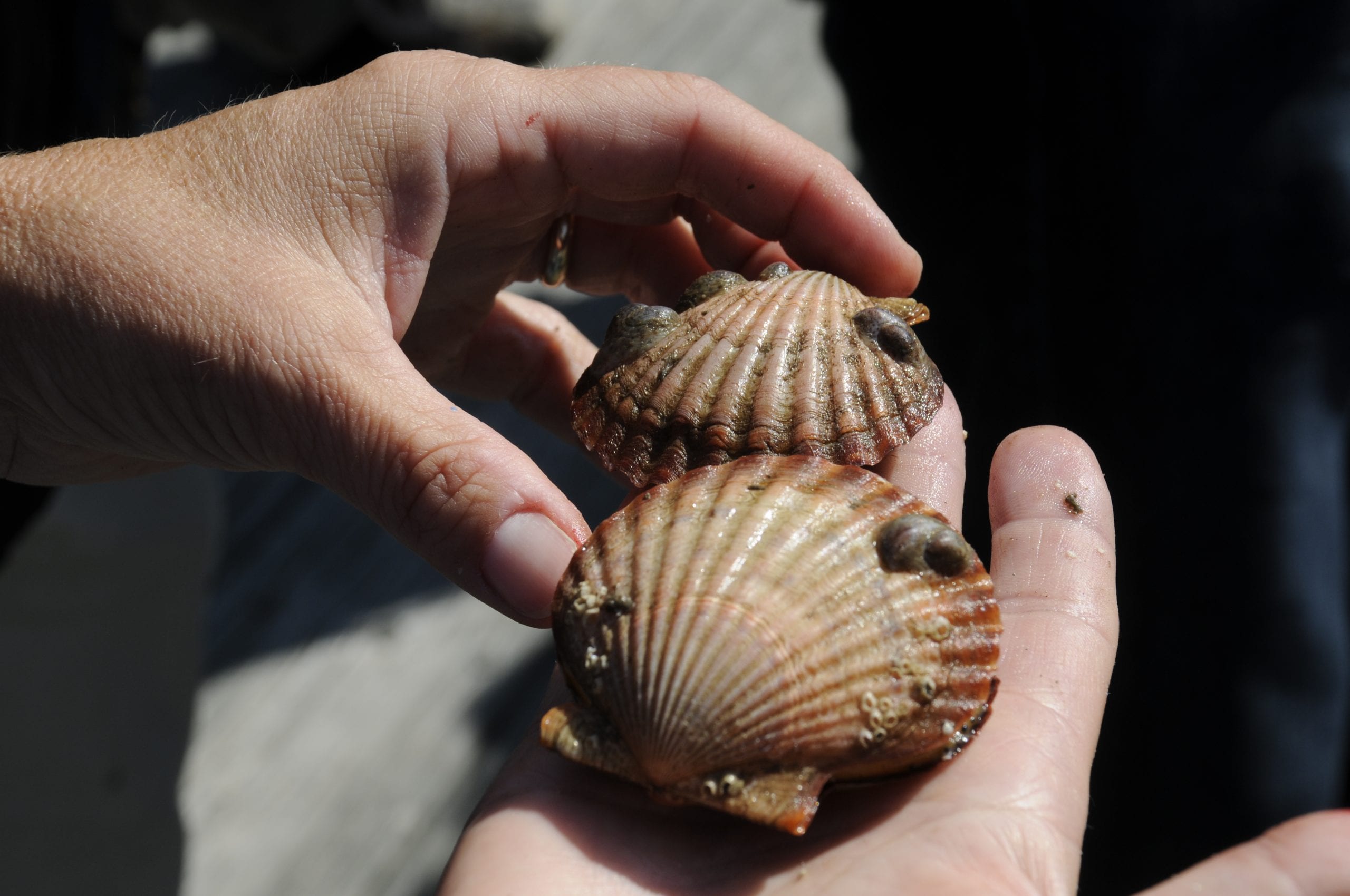News & Insights
Deciphering the Impacts of a Changing Ocean on Scallop Fisheries
WHOI biologist Rubao Ji and colleagues, along with scientists from NOAA’s National Marine Fisheries Service and UMass Dartmouth, study the spatial distribution patterns of the scallop catch to help determine the effects of a changing climate on the industry
Read MoreCOP30 Ocean Pavilion wrap-up
André Corrêa do Lago, the President of COP30, addresses the closing plenary on the final day of negotiations in Belém. Photo by Antonio Scorza/COP30 No matter what anyone says about…
Read MoreCritically Endangered North Atlantic Right Whales Getting Smaller, New Research Finds
A report out this week in Current Biology reveal that critically endangered North Atlantic right whales are up to three feet shorter than 40 years ago. This startling conclusion reinforces what scientists have suspected: even when entanglements do not lead directly to the death of North Atlantic right whales, they can have lasting effects on the imperiled population that may now number less than 400 animals. Further, females that are entangled while nursing produce smaller calves.
Read MoreWHOI’s commitment on World Ocean Day (and every day!)
World Ocean Day 2021 kicks off the UN Decade of Ocean Science for Sustainable Development. Here are some of the ways WHOI shows its commitment to the sea
Read MoreCommerce Secretary Gina Raimondo Visits Woods Hole
(From left to right): WHOI Deputy Director and Vice President for Science and Engineering Rick Murray, Mass. Congressman William Keating, Mass. Senator Edward Markey, WHOI’s Carl Hartsfield, U.S. Commerce Secretary…
Read MoreOcean science into action
From collaborations with fishermen to whale-sensing smart cameras, these five solutions-based stories will give you hope in 2021
Read MoreWHOI working to address ocean acidification; protect region’s vital shellfish industry
A new report addresses the impacts of ocean acidification in Massachusetts and New England coastal waters on the region’s vital seafood industry.
Read More
